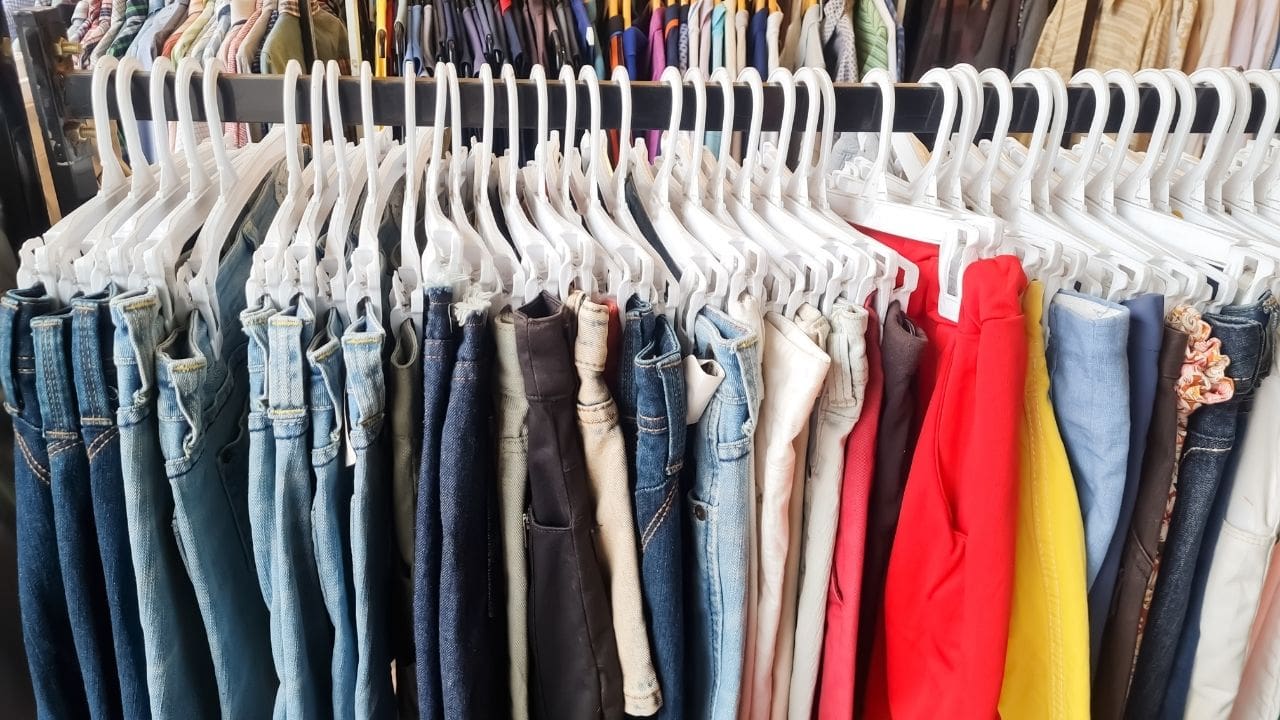Shopping
How Do Seasonal Shopping Patterns Affect Inventory?
Seasonal shopping trends are crucial for retailers to manage inventory effectively. Back-to-school and winter holiday seasons notably increase demand for

Seasonal shopping patterns significantly affect how you manage inventory. During back-to-school season, you’ll need more supplies and clothing. Winter holidays drive gift purchases, requiring increased stock for popular items. By analyzing past sales data, you can forecast demand better and adjust your inventory accordingly. However, this process isn’t without challenges; demand can be unpredictable, and supply chain disruptions can lead to empty shelves. Using strategies like just-in-time inventory can help you avoid overstocking while ensuring popular items are available. Understanding these trends can improve your ability to meet customer expectations and keep your stock aligned with demand. There’s plenty more to investigate on this topic.
Understanding Seasonal Shopping Trends
Understanding seasonal shopping trends is essential for retailers looking to optimize their inventory and sales strategies. By recognizing these patterns, you can anticipate customer needs and guarantee you have the right products available.
For instance, during back-to-school season, parents often seek supplies and clothing, while the winter holidays bring a surge in gift purchases. By tracking these cycles, you can adjust your stock accordingly, reducing the risk of shortages or excess inventory.
Pay attention to local events and holidays, as they can significantly influence buying behavior. Remember, staying informed about these trends helps create a safer shopping environment, as customers find what they need without frustration, ultimately leading to increased satisfaction and loyalty.
Prioritizing this understanding can boost your bottom line.
Impact on Inventory Management
Seasonal shopping trends have a direct impact on how you manage your inventory. Understanding these patterns allows you to stock up appropriately, ensuring you have enough products to meet customer demand without overcommitting resources.

For instance, during holidays, you should increase your inventory of popular items. This proactive approach helps prevent stockouts, which can frustrate customers and lead to lost sales.
It’s also essential to analyze past sales data to forecast future demand accurately. Regularly monitoring your inventory levels helps you adjust orders based on changing trends.
Additionally, consider safety stock to cushion against unexpected spikes in demand. By staying organized and responsive, you can maintain a balanced inventory, ensuring safety for both your business and your customers.
Challenges Retailers Face
Retailers often encounter a range of challenges when maneuvering seasonal shopping patterns.
These hurdles can impact the effectiveness of inventory management, leading to potential losses. Here are some common challenges you might face:
- Demand Forecasting: Predicting customer behavior can be tricky and often inaccurate.
- Stock Levels: Balancing enough stock to meet demand without overstocking is a fine line.
- Supply Chain Issues: Delays in sourcing products can disrupt plans and lead to empty shelves.
- Seasonal Trends: Trends can shift quickly, leaving retailers scrambling to adapt.
- Customer Expectations: Meeting high expectations for variety and availability can be intimidating.
Understanding these challenges is essential for creating a safer and more efficient retail environment.
Anticipating these issues can help you navigate the complexities of seasonal shopping successfully.

Strategies for Inventory Optimization
Maneuvering the challenges of seasonal shopping patterns requires effective strategies for inventory optimization.
Start by analyzing past sales data to identify trends during peak seasons. Adjust your stock levels accordingly, ensuring you have enough to meet demand without overstocking.
Implementing a just-in-time inventory system can minimize excess while keeping your shelves stocked with what customers want. Collaborate with suppliers to establish flexible delivery schedules, allowing you to respond quickly to changes in consumer behavior.
Don’t forget to monitor your inventory turnover rates regularly; this helps you recognize which products are performing well and which aren’t.
Case Studies and Examples
Numerous companies have successfully adapted their inventory strategies to align with seasonal shopping patterns, showcasing the impact of data-driven decision-making.
By analyzing consumer behaviors, these businesses have minimized waste and guaranteed they’re prepared for seasonal demand.
Here are some significant examples:

- Retailers like Target increase stock of winter apparel before the holiday season.
- E-commerce giants often offer early Black Friday deals to manage inventory.
- Grocery stores ramp up inventory for summer grilling essentials as warmer months approach.
- Toy companies assess trends to stock up on popular items before the holiday rush.
- Seasonal decorations are timely, with stores adjusting inventory post-Halloween for Christmas.
Frequently Asked Questions
How Do Holidays Influence Consumer Purchasing Behavior Throughout the Year?
Think of holidays like a magnet, pulling shoppers in with irresistible offers. You’ll notice how festive seasons spark your desire to buy, influencing your spending habits and prompting you to prioritize certain purchases throughout the year.
What Role Do Promotions Play in Seasonal Shopping Trends?
Promotions drive seasonal shopping trends by enticing you to spend more. When retailers offer discounts or special deals, you’re likely to buy items you wouldn’t normally consider, creating a sense of urgency and excitement in your purchases.
How Can E-Commerce Affect Seasonal Inventory Patterns?
E-commerce’s like a double-edged sword; it boosts seasonal inventory by expanding reach, yet can lead to overstock if you’re not careful. You’ll want to balance supply and demand to keep your stock safe and manageable.
What Technology Aids in Predicting Seasonal Shopping Trends?
You can use advanced analytics, machine learning, and big data tools to predict seasonal shopping trends. These technologies help you understand customer behavior, optimize stock levels, and guarantee you’re prepared for fluctuations in demand safely.
How Do Cultural Factors Shape Seasonal Shopping Behaviors?
Cultural factors shape your seasonal shopping behaviors by influencing traditions, holidays, and values. You’re likely to prioritize certain products, creating unique demand patterns that reflect your community’s celebrations and preferences, ensuring a safer, more enjoyable shopping experience.

Hey there! I’m William Cooper, your go-to guy for all things travel at iMagazineDaily. I’m 39, living the dream in Oshkosh, WI, and I can’t get enough of exploring every corner of this amazing world. I’ve got this awesome gig where I blog about my travel escapades, and let me tell you, it’s never a dull moment! When I’m not busy typing away or editing some cool content, I’m out there in the city, living it up and tasting every crazy delicious thing I can find. Join me on this wild ride of adventures and stories, right here at iMagazineDaily. Trust me, it’s going to be a blast! 🌍✈️🍴







